Expansion of Surgical Procedures
The increasing number of surgical procedures worldwide is another critical factor propelling the Heparin Market. Surgical interventions often require anticoagulation to prevent thromboembolic complications, leading to a heightened demand for heparin. Data indicates that elective surgeries, including orthopedic and cardiovascular surgeries, are on the rise, further emphasizing the need for effective anticoagulants. As healthcare systems evolve and surgical techniques improve, the reliance on heparin during and after surgeries is likely to grow. This trend suggests a robust future for the Heparin Market, as it adapts to the expanding surgical landscape.
Advancements in Pharmaceutical Research
Innovations in pharmaceutical research are playing a pivotal role in shaping the Heparin Market. Ongoing studies and clinical trials are focused on enhancing the efficacy and safety profiles of heparin formulations. These advancements may lead to the development of new heparin derivatives or improved delivery systems, which could expand the therapeutic applications of heparin. Furthermore, research into the pharmacogenomics of anticoagulants is likely to personalize treatment options, thereby increasing patient compliance and outcomes. As these innovations unfold, the Heparin Market is expected to evolve, adapting to the changing landscape of anticoagulant therapy.
Rising Awareness of Thrombosis Management
There is a growing awareness regarding the management of thrombosis, which significantly influences the Heparin Market. Educational initiatives and campaigns aimed at both healthcare professionals and the public have led to increased recognition of the risks associated with thromboembolic disorders. This heightened awareness is driving demand for anticoagulants, particularly heparin, as a preventive measure. Market data suggests that regions with active thrombosis management programs are witnessing a surge in heparin utilization. As awareness continues to spread, the Heparin Market is poised for growth, reflecting the importance of effective thrombosis management.
Regulatory Support for Anticoagulant Therapies
Regulatory bodies are increasingly supporting the development and approval of anticoagulant therapies, which is beneficial for the Heparin Market. Streamlined approval processes and favorable guidelines for the use of heparin in various clinical settings are encouraging pharmaceutical companies to invest in this sector. Recent regulatory initiatives have aimed at expediting the review of new formulations and indications for heparin, thereby enhancing market accessibility. This supportive regulatory environment is likely to foster innovation and competition within the Heparin Market, ultimately benefiting patients through improved treatment options.
Increasing Prevalence of Cardiovascular Diseases
The rising incidence of cardiovascular diseases is a primary driver for the Heparin Market. As conditions such as heart attacks and strokes become more prevalent, the demand for effective anticoagulants like heparin escalates. According to recent data, cardiovascular diseases account for a significant portion of global mortality rates, prompting healthcare providers to seek reliable treatment options. This trend is likely to continue, as the aging population and lifestyle changes contribute to higher rates of these diseases. Consequently, the Heparin Market is expected to experience substantial growth, driven by the need for preventive and therapeutic measures against thromboembolic events.


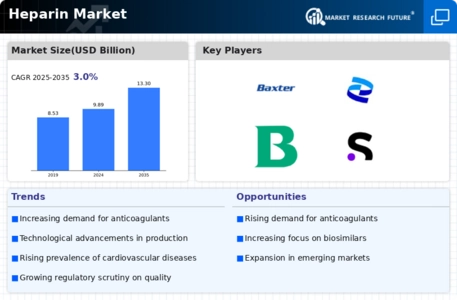
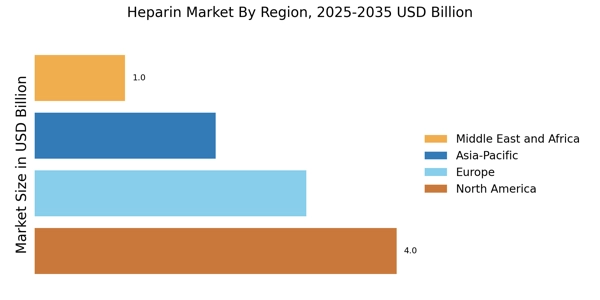
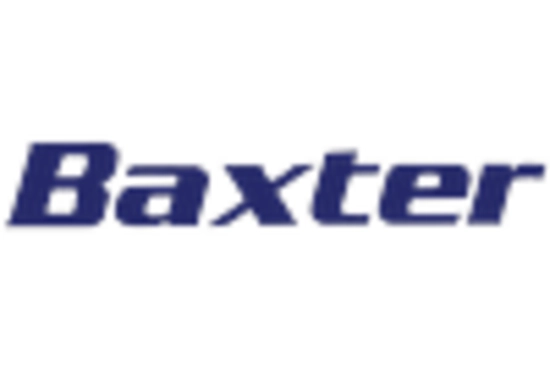
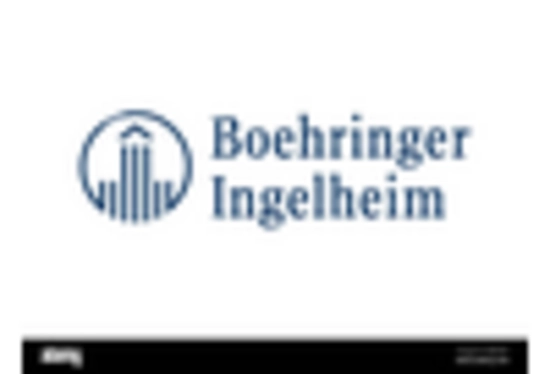
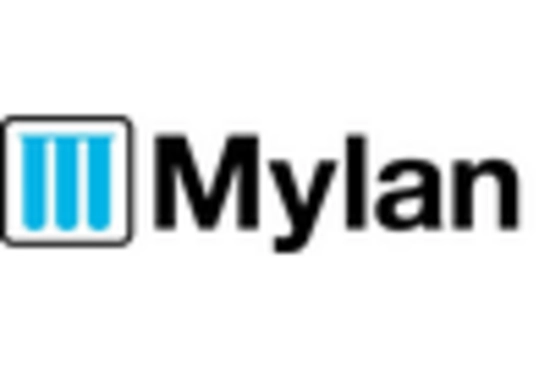











Leave a Comment